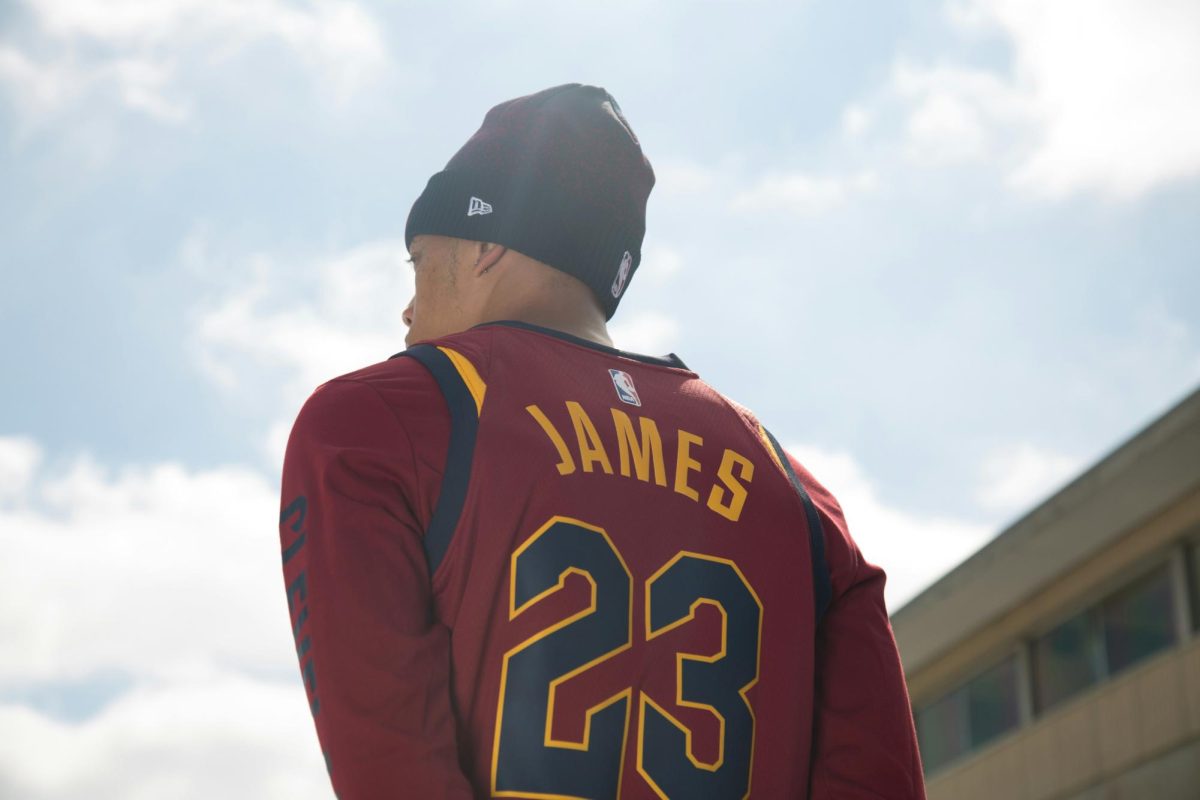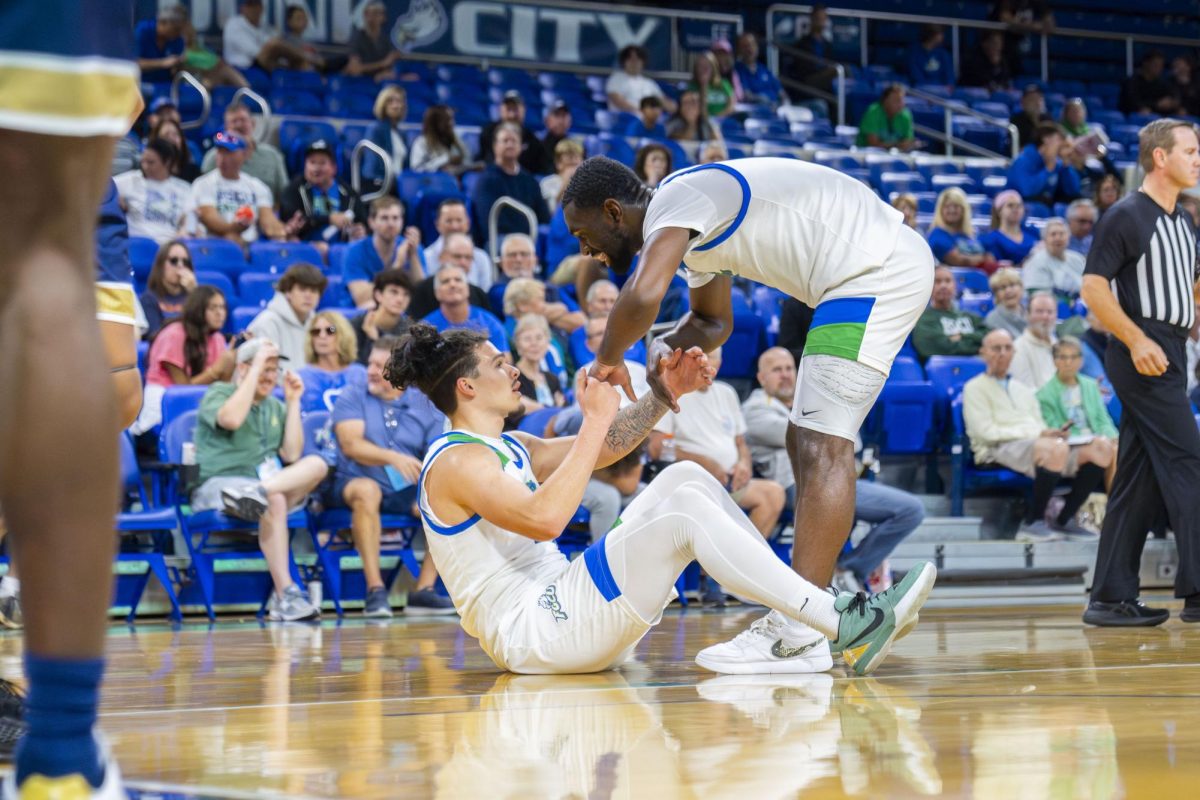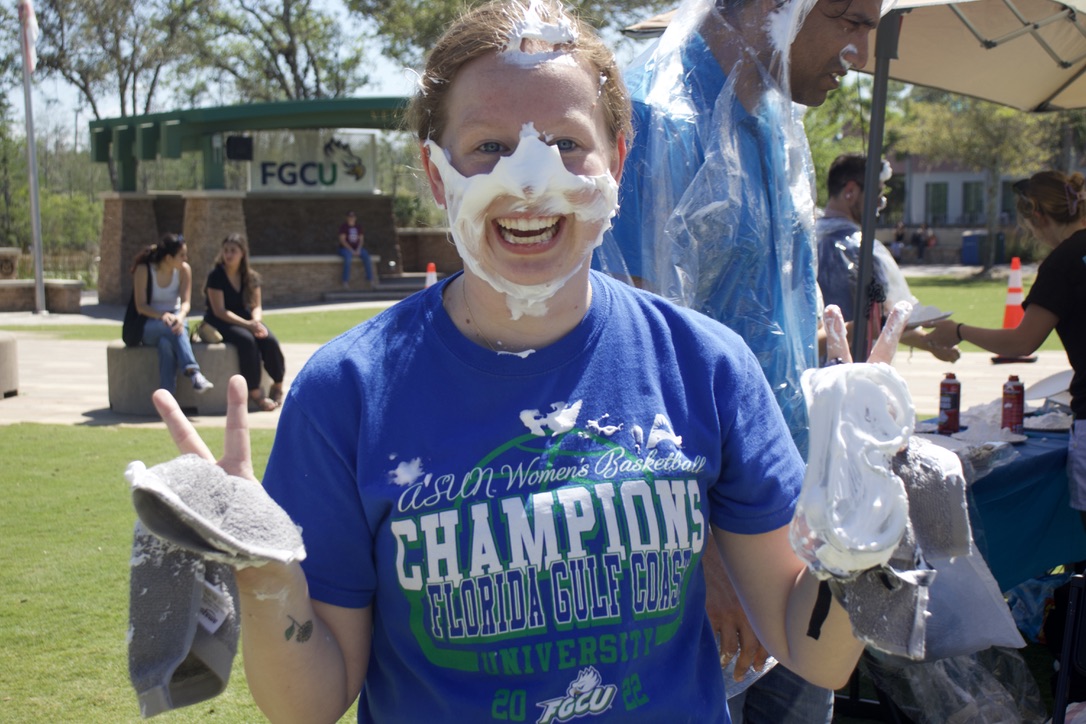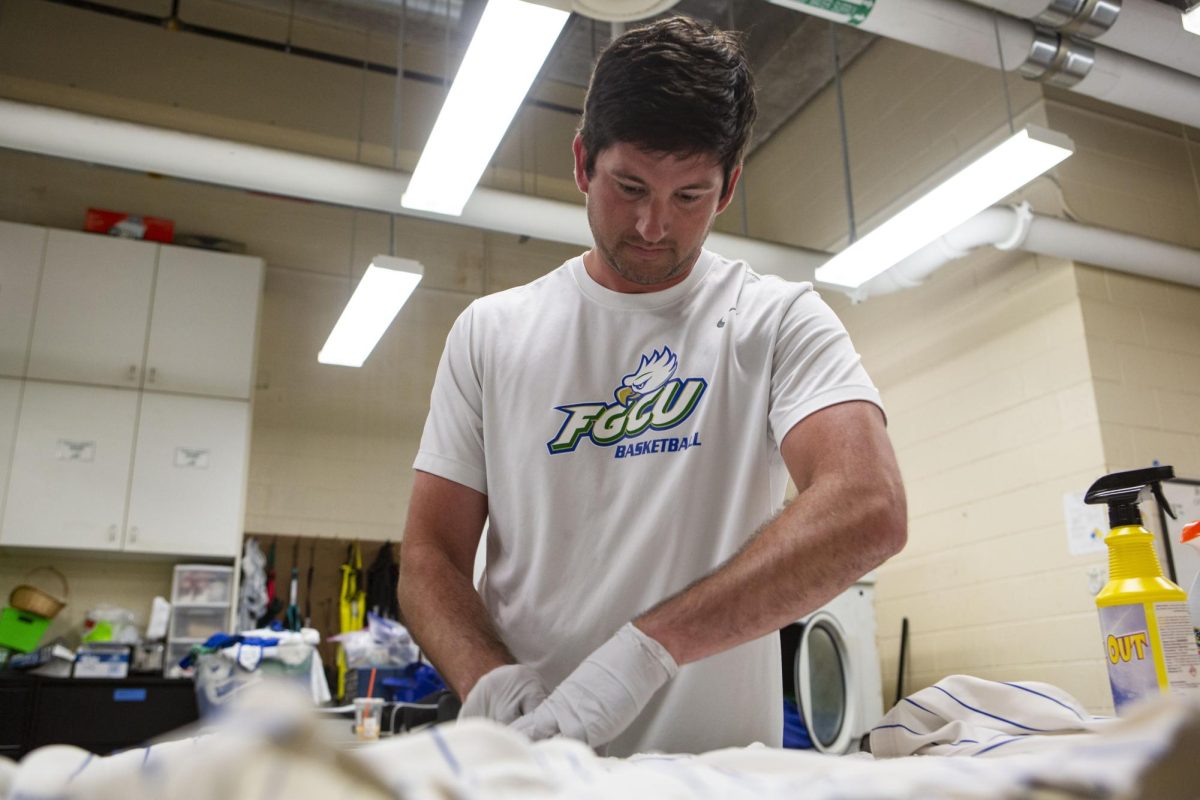Every young sports fan tries to be like their favorite player. Wearing their jersey is the closest connection they have with these professionals. Yet many fans do not know the tedious process that teams must go through to upkeep and produce these jerseys every season. Thomas Sheerin III, the Head Equipment Manager for FGCU Athletics, provided an in-depth look at this process.
Five Things to Know:
1) Every team on the road travels with a “blood kit,” which is an additional uniform in their size. It typically results in the player competing in a different number for that game.
2) Teams keep a backstock of jerseys from previous seasons. This means that players who transfer to FGCU mid-season will be stuck with whatever jersey number is leftover from previous seasons in their size.
3) Every team wears two to three sets of uniforms in a season (blue, white and green, for example). Each team acquires a new set in a rotation.
4) If FGCU makes an NCAA Tournament appearance, they are required to wear an NCAA patch. The logo is a sticker rather than a stitched patch because it allows the team to reuse the jersey for the following season.
5) Although Sheerin oversees what goes on in the equipment room, the day-to-day operations are run by student workers. This allows the athletes to focus on the game, not the behind-the-scenes operations.

What is the process of ordering the jerseys every year?
“We are a Nike school, so we order everything through a secondary company called BSN that works with Nike,” Sheerin said. “We put in the order about six to seven months out because it is made at the Nike factory and then shipped to us with the number on it.”
Can you request to get a uniform set out of order?
“They would just have to understand that that would affect their bottom line budget,” he said. “Each team gets a budget that’s given to them by the school, and they have to try to stay within that budget the best of their means. And so if they did want to do that and get to spend money from their budget on an additional uniform of different uniforms, they could do that.”
How would you go about dealing with allergies when washing uniforms?
“Our stuff is as close to hypoallergenic as you can get on the industrial market,” Sheerin said. “If it’s a really bad allergy or skincare routine, we just recommend that they wash their stuff at home or let us know, and we can wash them on a delicate cycle.”
What do you plan to do with the excess jerseys you have collected over the years?
“We ordered excess just to be safe so that if someone did blow out a shoe, it’s plug and filter,” Sheerin said. “I’m looking into a local high school or something that we can donate to, which would be really helpful because it is still a working shoe for someone like that.”
The FGCU baseball and softball teams play three games in two or three days. How do you go about washing a jersey in that instance?
“They have four uniform tops and three uniform bottoms, maybe flip that around, but typically, they don’t have us use the same uniform the next day, which saves us a lot of time,” he said. “Because a baseball game or softball game can end at 9:30 at night. To do three hours of laundry [and] flip that to get it out the next day would be a lot to ask for myself or a student worker.”




























